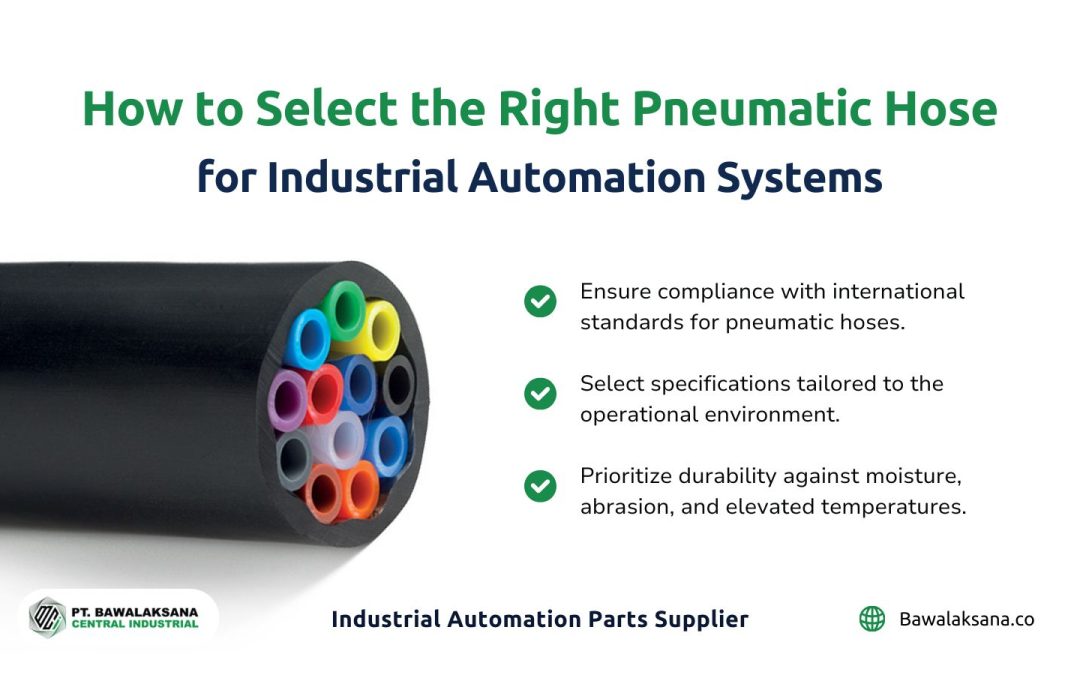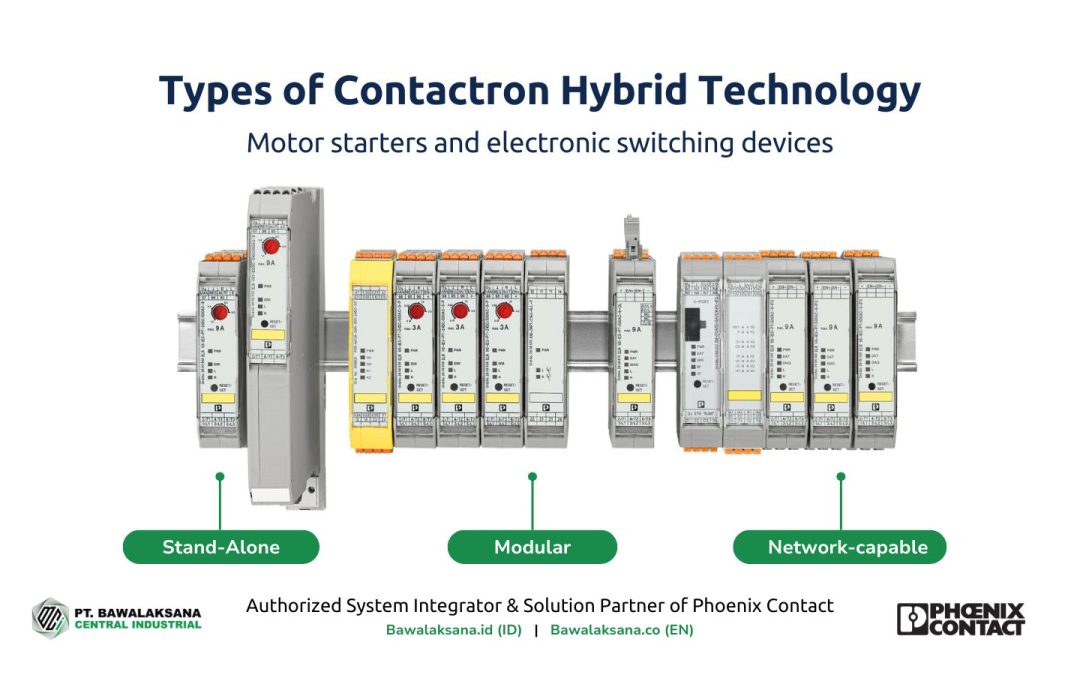Entering the era of industrial automation and Digital Factory era, electrical contactors have become a vital component to ensure operational sustainability in manufacturing.
Electrical contactors are responsible for regulating critical operations in manufacturing with high current electrical loads. These components play an important role in ensuring that productivity on the factory floor is safe, effective and energy efficient.
One of the main functions of electrical contactors is to regulate the working system of 3-phase electric motors that use large power. This 3-phase electric motor is an important key in driving various machines and industrial automation systems.
These large motors require a system that can control the flow of electricity reliably to prevent damage due to overload, unstable voltage and short circuits that can cause serious damage.
This is where the role of the electric contactor becomes very important so that the 3-phase motor can carry out its function properly and effectively.
On this occasion, the Bawalaksana.id team would like to discuss the functions and benefits of electrical contactors to control 3-phase electric motors so that they can operate properly.
In this article we will also discuss the problems that often arise in conventional electrical contactors, as well as what the solutions are.
What is an Electrical Contactor?
According to Wikipedia, a contactor is a type of relay that is specifically used to turn an electrical circuit on or off. Basically, contactors and relays have very similar functions, the main difference is in the load they handle.
Contactors are used in applications with higher power capacities and are generally used for 3-phase applications, such as electric motors and lighting.
![Problems with 3 Phase Contactors and How to Solve Them [Practical & Effective] 1 Motor Starters & Electronic Switching Devices - Bawalaksana ID - Complete Portfolio of 3 Phase Electrical Contactors and Motor Starters](https://bawalaksana.co/wp-content/uploads/2025/07/Motor-Starters-Electronic-Switching-Devices-Bawalaksana-ID-1024x614.jpg)
What is the Function of 3 Phase Contactor?
The function of the 3 phase contactor is to manage high current electrical loads in industrial automation systems and the commercial sector. This tool plays an important role in regulating the working system of the 3-phase motor, HVAC system and lighting system.
A 3-phase contactor is an important and heavy-duty switch that is electronically controlled and specifically designed to control and control three-phase power supplies simultaneously.
Among the vital functions of 3 phase contactors in detail are as follows:
- Safely start and stop 3-phase motors via control signals such as push-button, timer or PLC.
- Protects the motor from damage by integrating with relays to prevent overload.
- Makes it easy to adjust the direction of rotation and motor speed in applications that require more complex control.
- Controlling large electrical loads in industrial power distribution systems, including load switching and energy management.
What is the Function of 3 Phase Motor in Industrial Automation System?
The main function of 3-phase motors in industrial automation systems is to drive industrial machinery and heavy equipment that requires large power and torque. The way this motor works is to convert electrical energy into mechanical energy through the interaction of the magnetic field between the stator and rotor based on the principle of electromagnetic induction.
The following are some points related to the function of 3-phase motors in the industrial sector:
- Drive industrial machinery such as pumps, compressors, conveyors, grinding, stirring, fans, cutting systems and automated machinery in various manufacturing sectors.
- It can provide large torque and stable rotation, making it suitable for applications that require high mechanical power and speed consistency.
- It can be operated with a complex motor starter and control system (3-phase contactor) to regulate its rotation direction and speed.
Vital Function of Electrical Contactors in Regulating 3 Phase Motor Performance
As we mentioned earlier, the 3-phase motors that run automation systems in manufacturing use a large amount of electrical power. Therefore, appropriate technology is needed to control its operation so that the electric motor is not easily damaged and fails.
The technology is a high-current 3-phase electrical contactor capable of controlling 3-phase motor operations safely and effectively.
The following are the vital functions of electrical contactors in regulating the performance of 3-phase motors:
- The contactor has an electromagnetic switch that functions to connect and disconnect the 3-phase electricity automatically to the 3-phase motor.
- Contactors control the flow of electricity to a 3-phase motor so that it can be started, stopped, and controlled in the direction of rotation safely and efficiently.
- Contactors also play an important role in providing a stable electricity supply so that the motor can rotate and produce a stable torque.
- Hybrid contactors specifically allow the operation of motors remotely and automatically via control signals such as push-button, timer or PLC. This type of contactor can improve energy efficiency and operational safety, which is very important in the Digital Factory concept.
- It can have other functions such as providing status signals to the control system for monitoring and securing the motor.
After understanding the vital function of contactors to regulate the performance of 3-phase motors, let’s talk about the problems that often arise in this technology.
Problems that often occur in Conventional 3 Phase Electrical Contactors
Electrical contactors for 3-phase motors are components that cannot be ignored for the smooth running of industrial automation systems.
As is well known, the contactor serves to control the 3-phase engine used to run pumps, compressors, conveyors, grinding, stirring, fans, cutting systems and others.
Therefore, when this 3-phase electrical contactor experiences interference or damage, the machine will also experience a decrease in performance or even stop. This can result in downtime which has implications for the cessation of production operations.
Did you know?
That 3-phase motor contactors can also experience technical challenges. The most frequent problem with electrical contactors is component wear due to too frequent switching and non-optimal heat management.
This problem is a major cause of contactor failure, especially if low-quality products are used.
In this section, we will mention some of the most common problems experienced by electrical contactors, especially those used to control 3-phase motors:
Mechanical Wear on Contactors
Mechanical wear on contactors is one of the most common problems that occur due to the repetitive switching (on/off) process in the operation of 3-phase motors in industrial environments.
Mechanical wear on motor contactors can be caused by many factors, including:
- High Switching Frequency: Contactors are often operated on/off so they often experience repeated friction on their main contact parts. High switching frequency also has the potential to cause excessive heat.
- High Current and Voltage: When the main contact opens or closes, there is a surge in current and voltage that can cause an electric spark (arc), this can also accelerate the wear of the contact surface.
- Vibration and Shock: Vibration-heavy industrial environments also have the potential to accelerate mechanical wear on moving component parts in contactors.
- Material Quality: Poor quality or out-of-specification contacts can be a major problem that accelerates the wear process.
Note that mechanical wear on motor contactors can result in a number of serious problems, such as the following:
- Decrease in Engine Performance: Worn contactors cause the resistance to increase, resulting in non-optimal flow of electric current to the electric motor.
- Overheating: Uneven contact surfaces due to wear and tear have the potential to overheat, making the damage more severe.
- Function Failure: If the wear and tear is severe and left unchecked, the contactor is unable to on/off completely, which can cause the motor to become inoperable or even a system failure.
- Excessive Electrical Sparking: Severe wear will increase the likelihood of an arc (electrical spark) that can further damage the contactor and even potentially jeopardize the system as a whole.
To prevent problems with the contactor from getting worse, it is recommended to conduct regular inspections and use the contactor according to industrial capacity. Good maintenance can also make contactors last longer and the risk of severe failure can be avoided.
| Also Read: What are Terminal Blocks? Functions, Benefits and Technology for Industrial Automation Systems |
Wiring and Installation Errors
There are many problems encountered when wiring and installing motor contactors, especially if they are installed in control cabinets and involve PLCs.
The more technology involved, if not supported by the right cabinet control, it will result in an overwhelming wiring process.
In systems involving multiple motors, wiring is often done in an unstructured manner. In addition to causing connection errors, this also has the potential to complicate the engineering team during maintenance and troubleshooting.
The following are some wiring and installation errors that often occur in electrical contactors:
- Use of Out-of-Specification Cables: Using cables that do not meet specifications can cause fires in contactors and nearby equipment. Too small a cable with a large load causes the cable to heat up quickly and burn.
- Phase Connection Error: Connecting the phases correctly is crucial to keep the motor rotating stably. A wrong or disconnected phase connection either makes the motor spin in the wrong direction, unstable or not spin at all. Incorrect phase connection can also cause permanent damage to the motor.
- Complicated and Disorganized Wiring: Systems involving multiple motors have a high potential for wiring issues, especially if the electrical contactors used do not have a compact design. Disorganized installation of contactors will also complicate maintenance and troubleshooting, increasing the risk of human error.
It should be recognized that wiring and installation errors are classic problems that often occur in the industry.
However, if these faults are not given proper attention, they can cause serious problems for the industrial environment, such as fires, safety hazards, motor damage and malfunctions.
As a solution, you need to use a high-quality 3-phase motor contactor that offers good durability, non-excessive heat, and ease of wiring and installation.
The best recommendation from us is Contactron Hybrid Technology from Phoenix Contact.
How to Prevent and Solve Problems with Contactors
The most common problem of conventional electrical contactors is overheating due to the electric spark (arc), causing faster wear and tear.
These shortcomings can lead to several other things such as low performance, risk of tool damage and production downtime.
To avoid this from happening, it is necessary to take appropriate precautions to overcome problems with contactors that are easily damaged:
- Regular Inspection: Regular inspection can help you to recognize early signs of damage, thus predicting the service life of the contactor.
- Testing After Installation: Testing contactors after installation is very important to ensure there are no wiring errors. This ensures that if there is an error in the wiring, it can be detected early before it becomes bigger.
- Ensure Tight Connections: Connections that are not tight enough can create sparks (arcs) when current flows. If the current passing through the contactor is large enough, the sparks can potentially damage the contactor faster and cause malfunction.
- Using Contactors According to Specifications: Contactors that do not match the capacity of the total motor load being controlled have the potential to overheat faster. If it is too forced, it can cause the tool to be damaged or burned.
- Safety Features (Cat. 3/PL e): Using electrical contactors with safety features Cat. 3 or PL e is very important especially in the control of electric motors. This safety feature is useful for running emergency stops, protecting motors and production operators from various harmful disturbances.
As the best solution to avoid complex problems due to the less than optimal performance of conventional 3-phase electrical contactors, you need to turn to Contactron Hybrid Technology from Phoenix Contact.
Phoenix Contact’s Contactron Hybrid combines microprocessor and semiconductor technology to provide wear-resistant switching (on/off) operations and powerful relay technology.
The Contactron Hybrid is equipped with Cat’s functional safety features. 3 according to ISO 13849 and Performance Level e (PL e), which is the highest level in the PL classification, and supports safety standards such as SIL 3 according to IEC 61508.
These advantages allow the device to be used in applications that demand high safety protection, including emergency stops and safe motor protection.
There is also a Network Capable type that can be integrated with automation systems and smart industrial networks (Smart Factory). This will make it easier to control and monitor remotely through Industrial Wireless Communication.
![Problems with 3 Phase Contactors and How to Solve Them [Practical & Effective] 2 Advantages of Contactron Hybrid Technology - Bawalaksana ID - Advantages of Electrical Contactors with Hybrid Technology for 3 Phase Motors](https://bawalaksana.co/wp-content/uploads/2025/07/Advantages-of-Contactron-Hybrid-Technology-Bawalaksana-ID-1024x614.jpg)
Advantages of Contactron Hybrid Technology over Conventional Contactors
Contactron Hybrid Technology is an advanced contactor from Phoenix Contact that offers high durability, low-loss current, functional safety, compact design and easy integration for industrial automation systems in the Digital Factory.
The following are some of the advantages of Contactron Hybrid Technology compared to Conventional Contactors:
- Hybrid Technology
Contactron Hybrid Technology is equipped with an advanced microprocessor embedded within it to control semiconductor and relay technology so as to provide a smooth and tamper-proof switching process.
This intelligent system contributes to reducing the load on relay contacts, resulting in low-loss current and soft switching with minimal heat and sparks, and can improve system reliability.
Soft switching allows for smoother and gentler current switching, so the load on the relay contacts is significantly reduced.
While in conventional mechanical contactors, the switching function is controlled by a moving electromagnetic coil. This mechanism is very susceptible to causing electric sparks that produce heat, causing the contactor to wear out and damage easily.
- Compact Design
Contactron Hybrid Technology has a compact size overall, with a width of 22.5 mm that can save up to 75% space in the control cabinet. Unlike the conventional mechanical contactor, which has a larger size and takes up a lot of space.
Contactron Hybrid Technology also has an integrated load locking and wiring circuit. This is very important to ease installation and reduce wiring complexity.
In contrast, conventional contactors often require many additional devices such as protection relays and extra switching elements for safety functions.
- Safety Function
A compact design does not mean a lack of safety features. Even otherwise, Contactron Hybrid meets functional safety requirements up to Category 3 (Cat. 3) level according to ISO 13849 and Performance Level e (PL e), which is the highest level in the PL classification, and supports safety standards such as SIL 3 according to IEC 61508.
This allows the device to be used in applications that demand high safety protection, including emergency stops and safe motor protection.
Meanwhile, conventional contactors require many additional devices (up to 5 units) to match the compact and efficient Contactron Hybrid Technology.
- Network Capabilities
Contactron Hybrid Technology has the ability to integrate with advanced intelligent control and monitoring systems via communication protocols such as Modbus or Profibus.
These advantages provide realtime and accurate visibility of device status to ensure plant floor productivity is at its most optimal.
Contactron Hybrid’s Network Capabilities will enable your company to meet the requirements for Smart Factory and Industry 4.0.
- High Durability
Contactron Hybrid Technology can handle up to 30 million switching cycles. This means that the service life of this intelligent contactor can be up to 10 times longer than that of a conventional mechanical contactor.
This advantage can be achieved by the hybrid technology embedded in it, so that the mechanical components that regulate switching are not easily worn or damaged.
Thus, using Contactron Hybrid Technology can save equipment investment, reduce component replacement frequency and operational downtime. This contributes to production uptime and plant availability being at its most optimal level.
How Contactron Hybrid Technology Works
Contactron Hybrid Technology does not use electromagnetic coils to perform switching operations (on/off) at high voltage currents. Contactron Hybrid utilizes powerful semiconductor and relay technology with operations controlled by intelligent microprocessor technology.
The hybrid technology of this intelligent contactor produces soft switching and low-loss current resulting in minimal heat and sparks, and minimal current loss.
This method makes Phoenix Contact’s contactors less prone to damage and has 10 times more switching cycles than conventional mechanical contactors.
The following is a diagram that will explain how Contactron Hybrid Technology works or performs smooth switching operations:
![Problems with 3 Phase Contactors and How to Solve Them [Practical & Effective] 3 Contactron Hybrid Technology Working Diagram - Bawalaksana ID](https://bawalaksana.co/wp-content/uploads/2025/07/Contactron-Hybrid-Technology-Working-Diagram-Bawalaksana-ID-1024x614.jpg)
Here is how Phoenix Contact’s Contactron Hybrid Technology works:
- First Step
Relays K1 and K2 close their contacts first, but at this time semiconductors V1 and V2 are not yet active, so electric current has not yet flowed to the three phases (l1, l2, l3). In this first step, the motor has not yet started to rotate.
- Step Two
Semiconductors V1 and V2 are then switched on, so that inrush current begins to flow into all three phases (l1, l2, l3) and the motor begins to operate. At this time, semiconductors produce little power that is lost in the form of heat (power dissipation).
- Step Three
To reduce the heat generated by the semiconductor, the K3 bypass relay then closes its contacts and “connects a bridge” over the semiconductor. Thus, the main current is passed through a relay that has a lower power loss (low-loss current), so that the semiconductors remain cool and do not wear out quickly. When turning off the motor, this process runs in reverse.
In conclusion, through a clever mechanism and the combination of semiconductors and powerful relays, Phoenix Contact’s Contactron Hybrid Technology has good durability, less wear and minimal heat. These advantages also contribute to the increased life and efficiency of control systems for 3-phase motors.
| Also Read: Integration of Artificial Intelligence (AI) in Industrial Automation with PLCnext Technology |
![Problems with 3 Phase Contactors and How to Solve Them [Practical & Effective] 4 Types of Contactron Hybrid Technology - Motor starters and electronic switching devices - Bawalaksana ID - Types of 3 Phase Electrical Contactors with Hybrid Technology](https://bawalaksana.co/wp-content/uploads/2025/07/Types-of-Contactron-Hybrid-Technology-Motor-starters-and-electronic-switching-devices-Bawalaksana-ID-1024x614.jpg)
Implement Contactron Hybrid Technology for Optimal Plant Availability
Electrical contactors for 3-phase motors are important devices for regulating the operation of automation systems in industry. Especially for running conveyors, pumps, mills or other high motors.
Entering the current era of manufacturing digitalization and Industry 4.0, Contactron Hybrid Technology is an essential tool for smart operations and energy efficiency.
Contactron Hybrid is an important technology to integrate Operational Technology (OT) to Informational Technology (IT) through PLC with complete industrial protocol support.
Contactron Hybrid Technology is available in three main type groups that can meet the challenges of your industry sector, including:
- Stand-Alone
- Modular
- Network Capable
We have discussed in detail the features and benefits for each type of Contactron Hybrid Technology in our article, Types of Electrical Contactors for 3 Phase Motors and Their Advantages.
By using this intelligent contactor from Phoenix Contact, the automation system in your company can operate reliably and sustainably.
PT. Bawalaksana Central Industrial as Authorized System Integrator and Solution Partner for Phoenix Contact can provide complete support for your company in implementing Contactron Hybrid Technology.
We can supply the complete portfolio of Switching Devices and Intuitive Speed Starters from Phoenix Contact.
Through this complete support, we can be your best partner to face various challenges in implementing Digital Factory to improve business resilience, energy management, sustainability, optimizing costs and production.
Please speak to our Application Engineer team for more information.
![Problems with 3 Phase Contactors and How to Solve Them [Practical & Effective] 5 Piko Prasetyo - Application Engineer at PT. Bawalaksana Central Industrial](https://bawalaksana.id/wp-content/uploads/2025/06/Piko-Prasetyo-Technical-Engineering-at-PT.-Bawalaksana-Central-Industrial.jpg)
Piko Prasetyo
Application Engineer
This article was written in collaboration with Piko Prasetyo, an expert in Automation, Embedded Systems and Artificial Intelligence, to ensure accuracy and high quality insights.


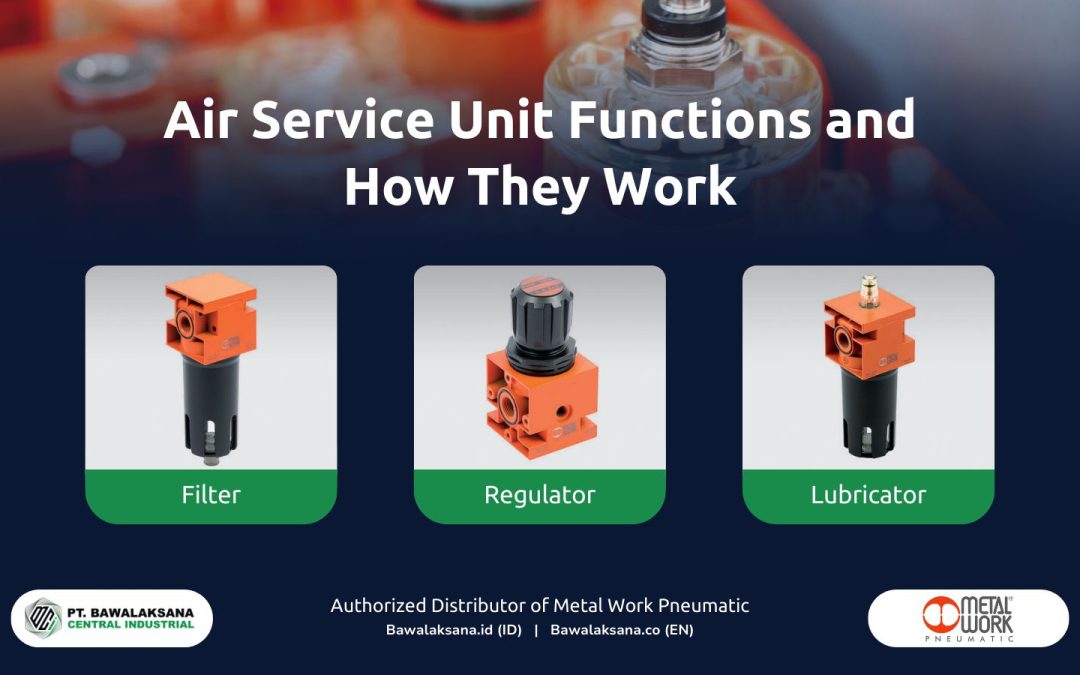
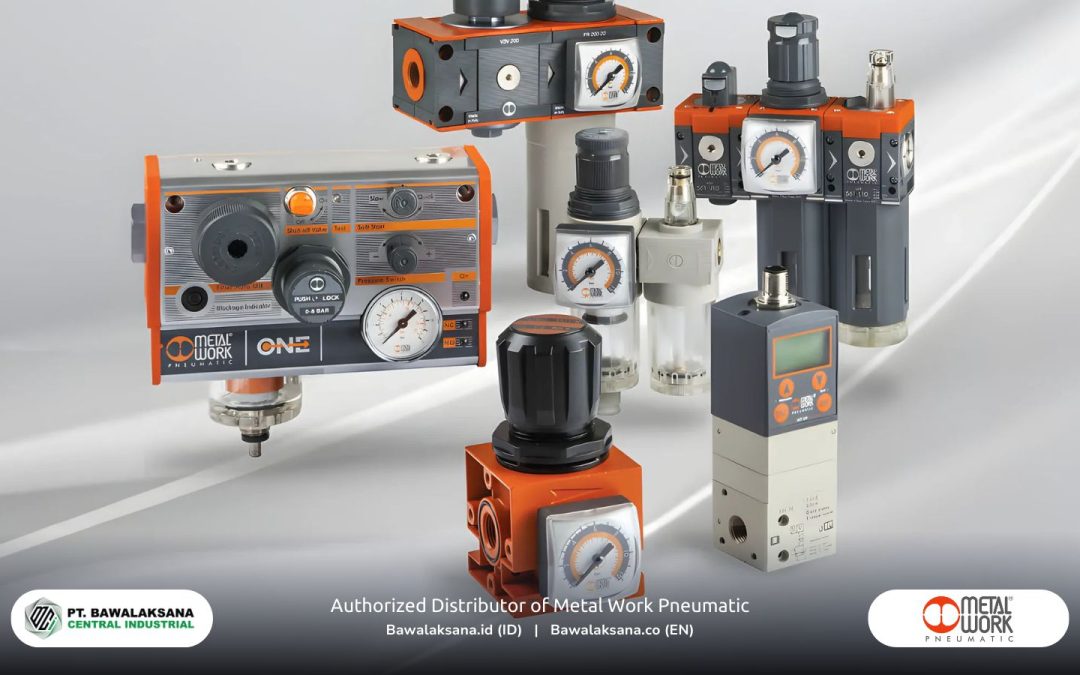
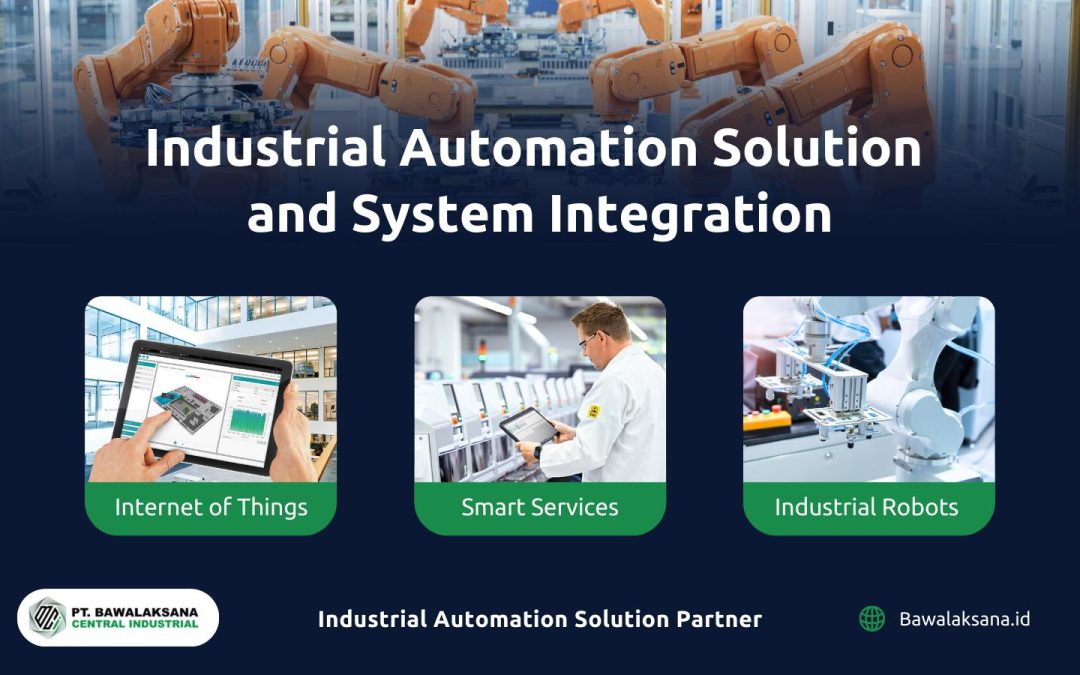
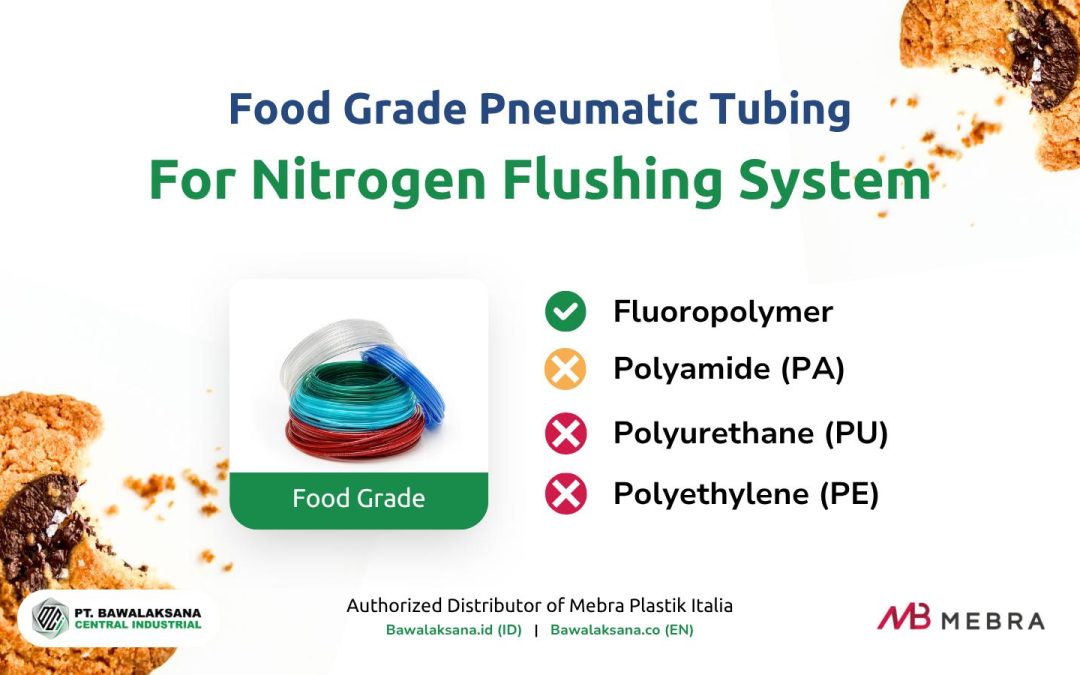
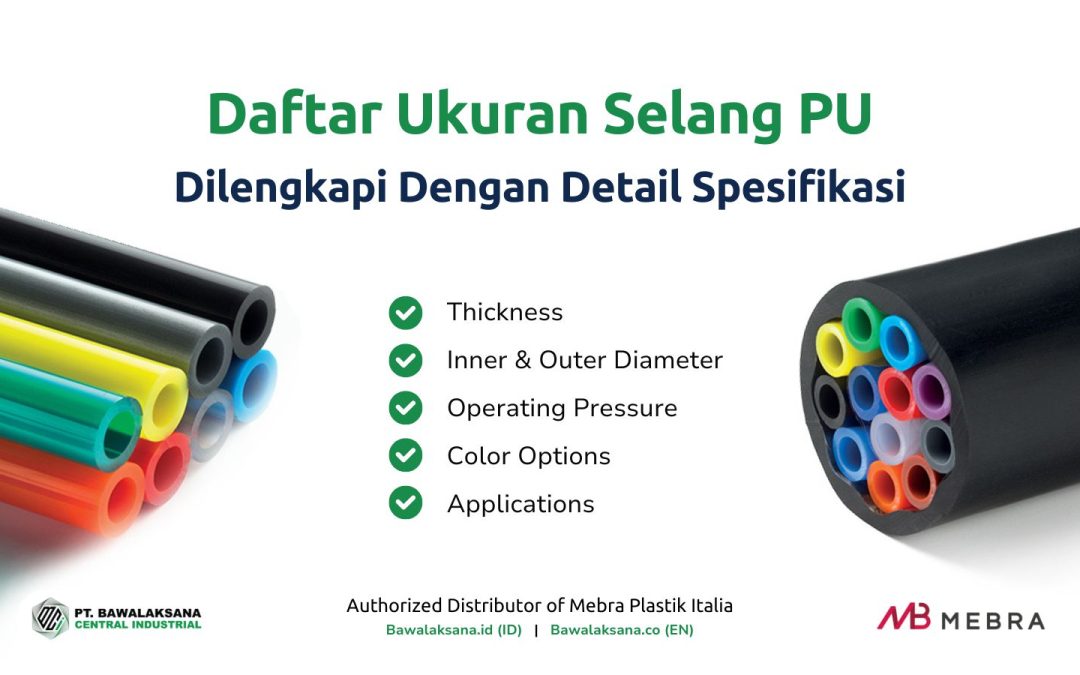

![10+ Examples of Pneumatic Tools in Daily Life and Industry [2025]](https://bawalaksana.co/wp-content/uploads/2025/05/Sandblasting-large-diameter-pipes-to-remove-surface-contaminants-1080x675.jpg)
